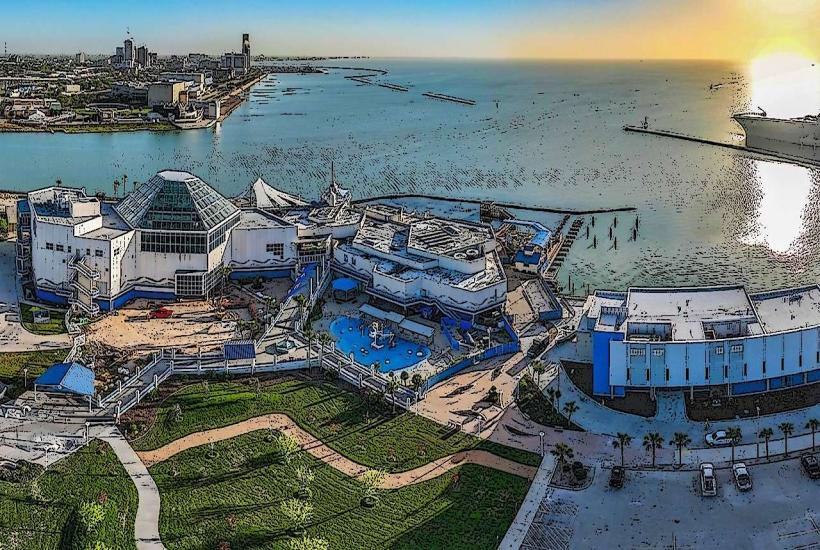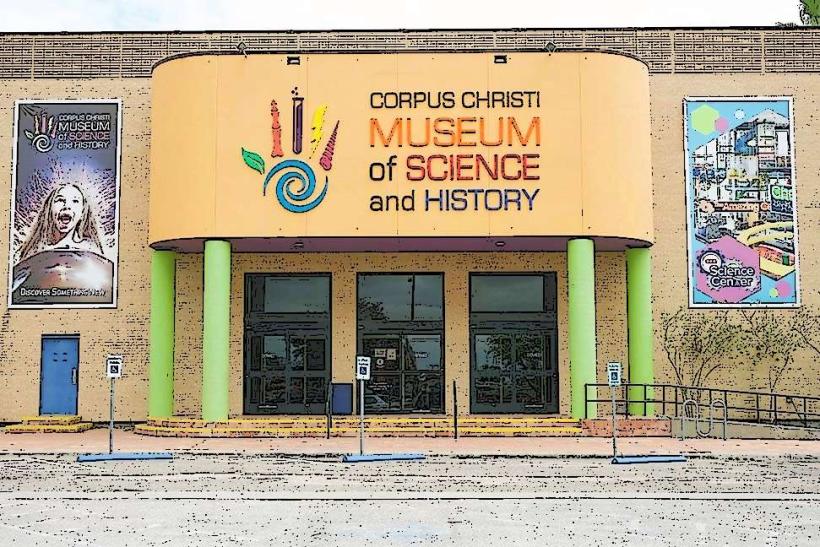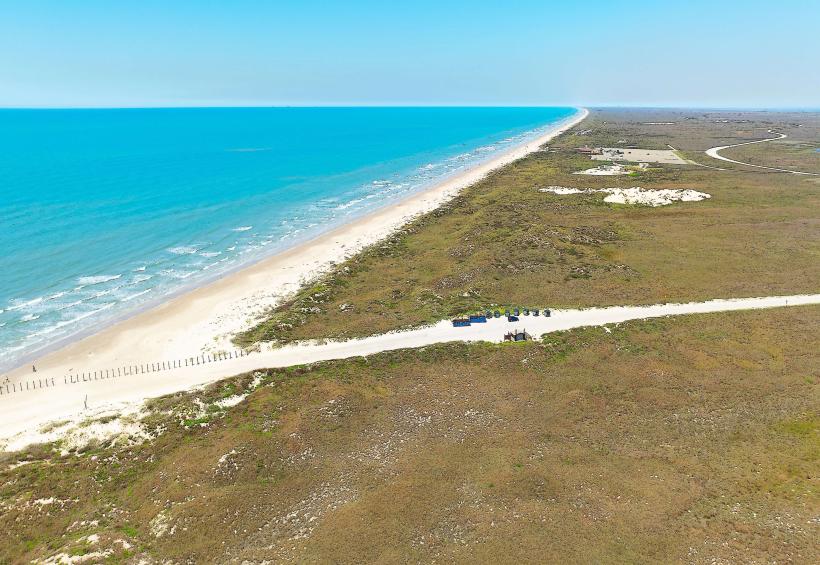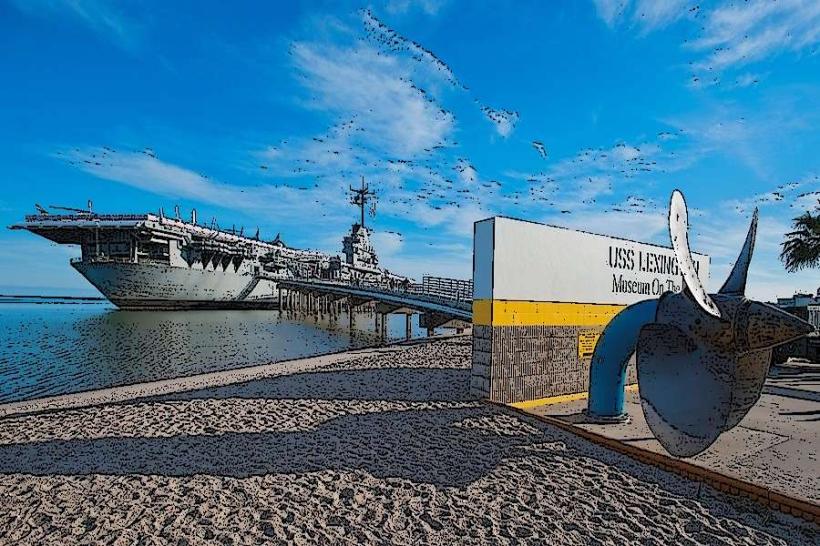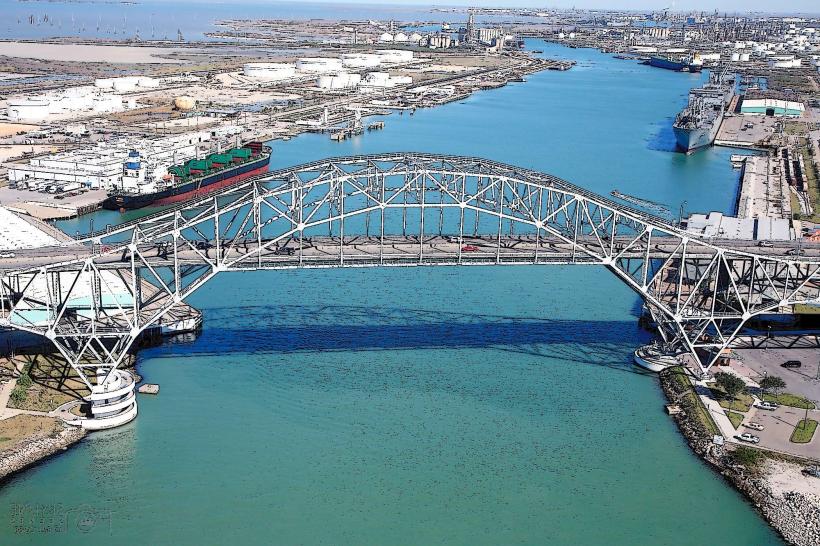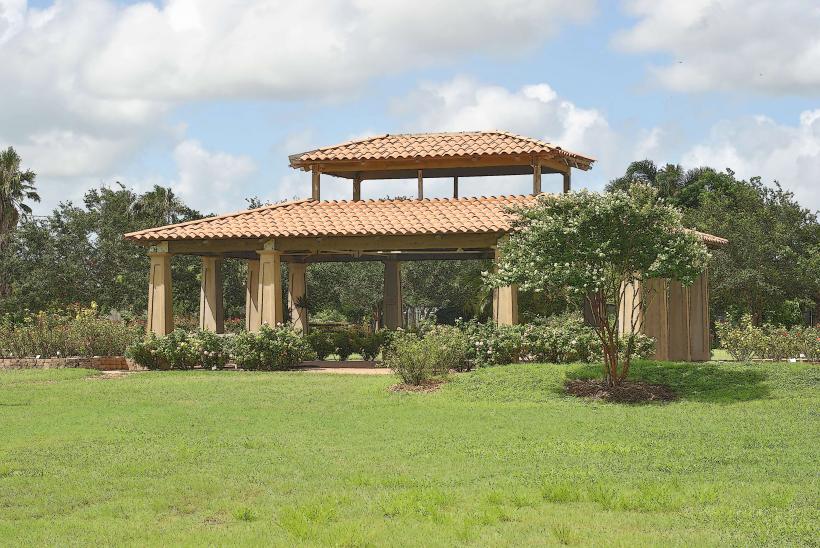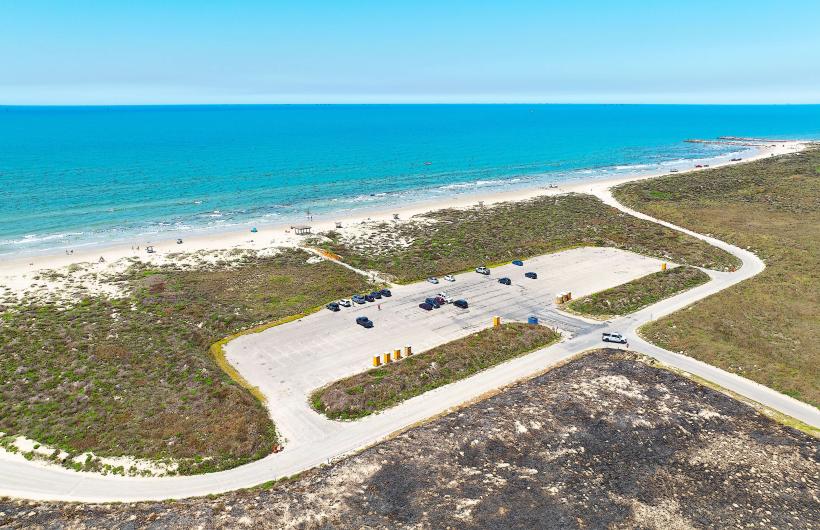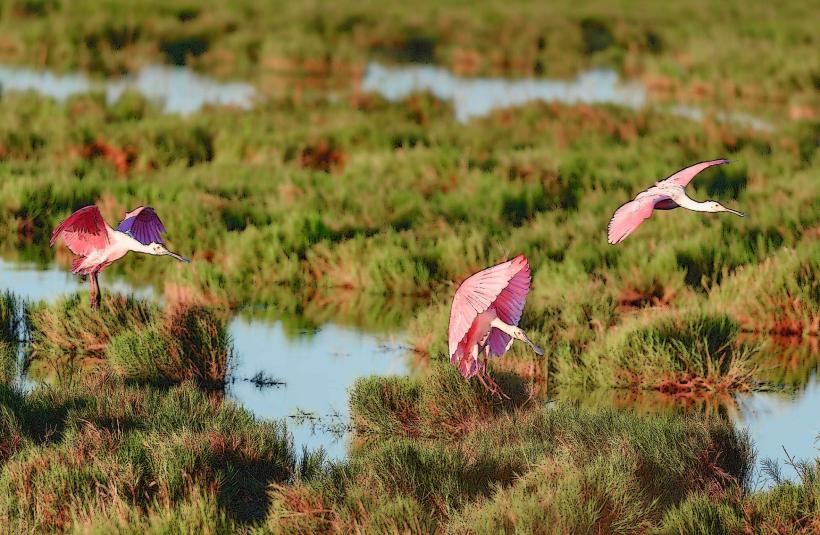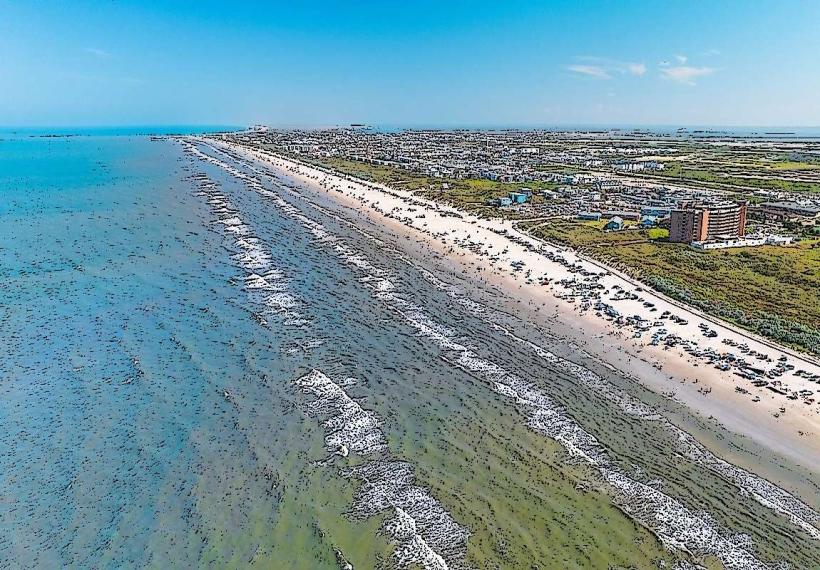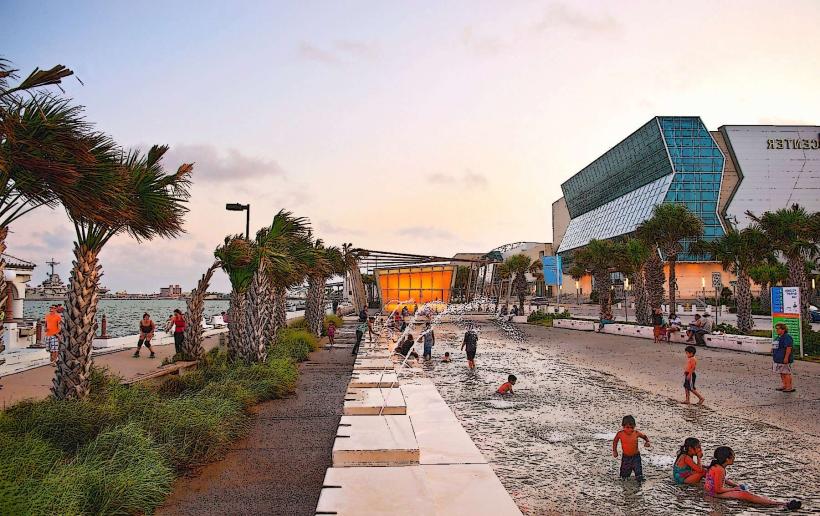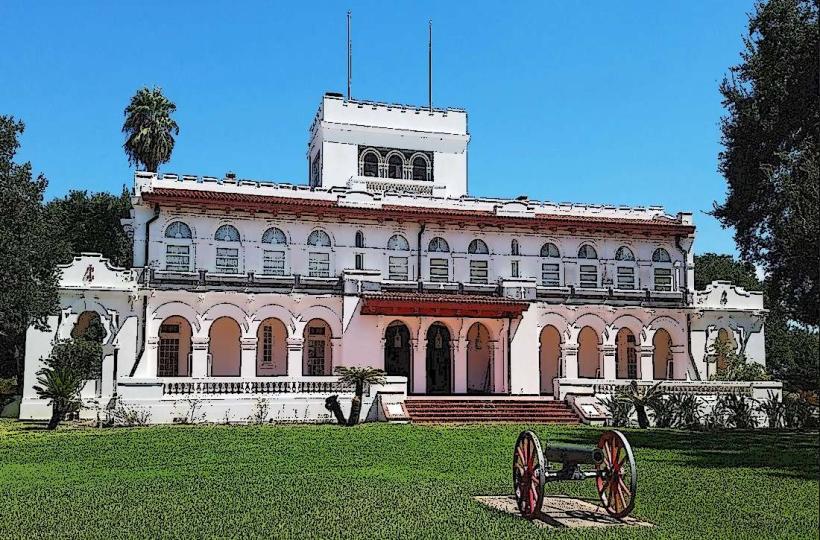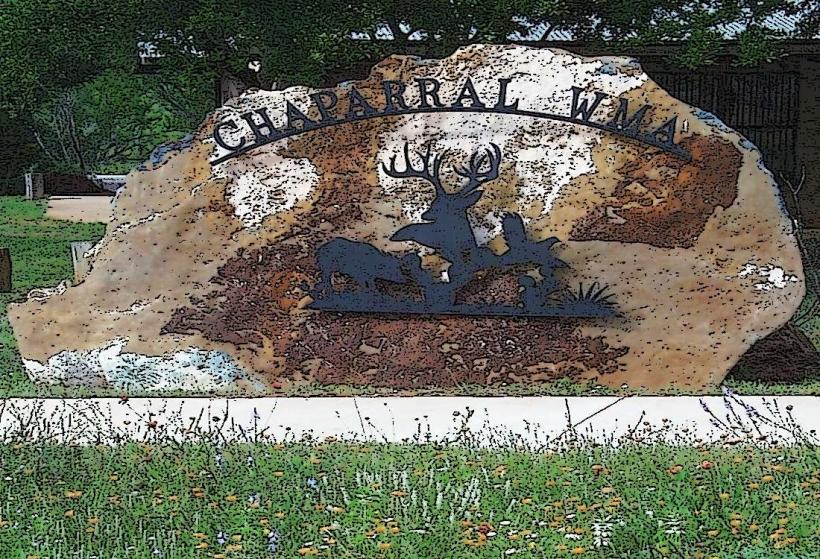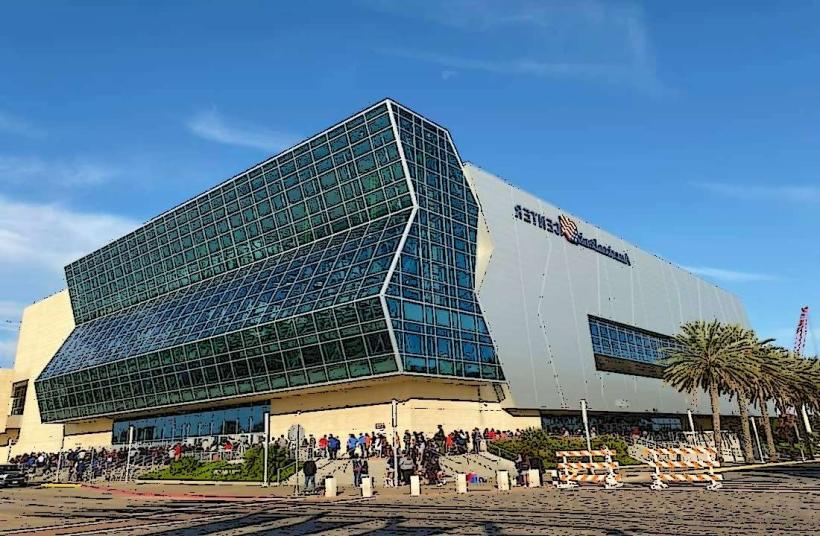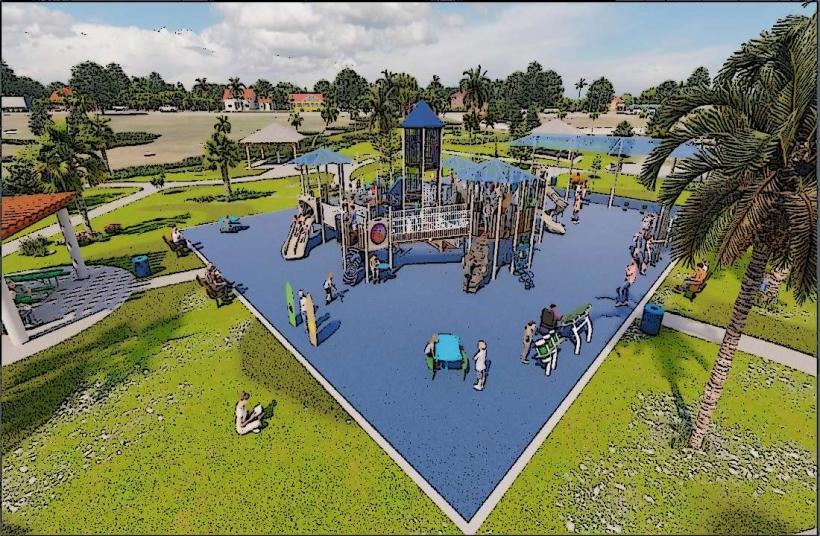Information
City: LubbockCountry: USA Texas
Continent: North America
Lubbock, USA Texas, North America
Lubbock is a major city in northwestern Texas, located in the South Plains region, and serves as a hub for agriculture, education, and healthcare. Often referred to as the “Hub City” due to its regional importance, Lubbock is best known for being the birthplace of rock 'n' roll legend Buddy Holly and for housing Texas Tech University, one of the state’s major institutions. Its economy, culture, and history are deeply rooted in the High Plains of Texas, where cotton fields stretch for miles and the flat landscape defines both the geography and the way of life.
Here is a detailed overview of Lubbock:
1. Geography and Setting
Lubbock is located in the Llano Estacado, a vast plateau known for its flat terrain, red soil, and arid climate.
Elevation: At about 3,200 feet (975 meters) above sea level, Lubbock sits higher than much of Texas.
Region: It is the economic, medical, and educational center of the South Plains—an area spanning parts of west Texas and eastern New Mexico.
Landscape: The land is extremely flat, with no significant natural bodies of water nearby, though man-made lakes and playas provide some water features.
2. Historical Overview
Lubbock’s development reflects the story of westward expansion, agriculture, and modern urban growth.
Indigenous History: The area was originally home to nomadic Native American tribes such as the Comanche and Apache.
19th Century: American settlers began moving in during the late 1800s. The city was named after Thomas S. Lubbock, a Texas Ranger and Confederate officer.
Founding: Lubbock was established in 1890, when two rival settlements—Old Lubbock and Monterey—merged to form a unified town.
Railroad and Growth: The arrival of the Santa Fe Railroad in 1909 spurred rapid development, especially in cotton farming and trade.
Texas Tech University: Founded in 1923, the university transformed the city into a major educational and research center, further accelerating its growth through the 20th century.
3. Economy
Lubbock's economy is driven by agriculture, education, healthcare, and increasingly, technology and energy.
Agriculture: Lubbock lies in one of the largest cotton-producing regions in the world. It supports thousands of farms, cotton gins, and related agribusinesses.
Education: Texas Tech University is a cornerstone of the local economy, employing thousands and drawing students from across the country.
Healthcare: With several major hospitals and research institutions, including the Texas Tech University Health Sciences Center, Lubbock is a medical hub for the region.
Technology and Energy: Wind energy and agritech startups are increasingly prominent. Lubbock also hosts manufacturing and logistics operations due to its central location in West Texas.
4. Texas Tech University
Texas Tech is one of the largest universities in Texas and plays a central role in Lubbock’s culture and economy.
Established: 1923
Campus: A sprawling, Spanish Renaissance-style campus with over 40,000 students.
Research: Offers leading programs in agriculture, engineering, medicine, law, and business.
Sports: The Texas Tech Red Raiders, particularly in football and basketball, are a major source of local pride and identity.
5. Culture and Attractions
Though sometimes viewed as a remote city, Lubbock has a vibrant cultural scene and strong local traditions.
Buddy Holly Center: A museum and performance space dedicated to the rock 'n' roll pioneer born in Lubbock. It includes memorabilia, his iconic glasses, and a statue.
Depot District: A revitalized downtown area filled with live music venues, bars, restaurants, and nightclubs, often hosting local and touring artists.
Museum of Texas Tech University: Covers a wide range of subjects, from paleontology to fine arts and Southwest history.
Silent Wings Museum: Honors the WWII glider pilots who trained in Lubbock. It includes aircraft, uniforms, and exhibits.
Lubbock Lake Landmark: An active archaeological site and natural preserve showing 12,000 years of human history in the region.
Cactus Theater: A historic venue for live music and community performances, located in the Depot District.
6. Events and Festivals
Lubbock hosts several annual events that reflect its heritage and local culture.
Lubbock Arts Festival: One of the largest fine arts events in West Texas, held each spring.
Buddy Holly Birthday Bash: Celebrates Holly's legacy with concerts and themed activities.
National Cowboy Symposium: A celebration of Western heritage with rodeo events, chuckwagon cooking, and storytelling.
Panhandle-South Plains Fair: A traditional fair with rides, livestock shows, and exhibitions, held every fall.
7. Parks and Recreation
Despite its arid setting, Lubbock offers parks and outdoor areas.
Mackenzie Park: The largest park in the city, with playgrounds, golf, a sculpture garden, and the Joyland Amusement Park (closed in recent years, but formerly a popular spot).
Prairie Dog Town: A quirky, fenced-in area where visitors can observe prairie dogs in a natural habitat.
Buffalo Springs Lake: Located just east of Lubbock, this reservoir is popular for boating, fishing, and camping.
Lubbock Memorial Arboretum: Features walking trails, native plants, and gardens.
8. Climate
Lubbock has a semi-arid climate with stark seasonal contrasts.
Summers: Hot and dry, with temperatures often exceeding 95°F (35°C).
Winters: Cool to cold, with occasional snowfall and freezing temperatures.
Spring/Fall: Mild and often windy, with dust storms not uncommon in the spring.
Rainfall: Relatively low, averaging around 18 inches (460 mm) annually, with thunderstorms during summer.
9. Transportation
Highways: Located at the junction of several major U.S. highways (such as US-84 and US-87), facilitating access to Amarillo, Abilene, and Midland.
Air Travel: Lubbock Preston Smith International Airport (LBB) offers connections to major Texas cities and beyond.
Public Transit: Citibus provides bus service throughout the city, although most residents rely on personal vehicles.
No Rail Transit: Like many cities in Texas, Lubbock lacks passenger rail service.
10. Demographics and Urban Character
Population: Over 260,000 residents in the city, with the metro area exceeding 325,000.
Diversity: A mix of Anglo, Hispanic, African American, and international residents, particularly tied to the university.
Urban vs. Rural: Lubbock blends urban amenities with a strong rural identity. Many residents are involved in farming or have family ties to nearby towns.
Conclusion
Lubbock is a dynamic and growing city that serves as the heart of the South Plains. While its flat, dry landscape may seem stark at first glance, it is rich in culture, education, and history. Anchored by Texas Tech University and shaped by its agricultural legacy, Lubbock combines small-town friendliness with the resources of a regional powerhouse. Its contributions to music, especially through Buddy Holly, its thriving educational institutions, and its essential role in cotton production make it one of the most distinctive cities in Texas.

